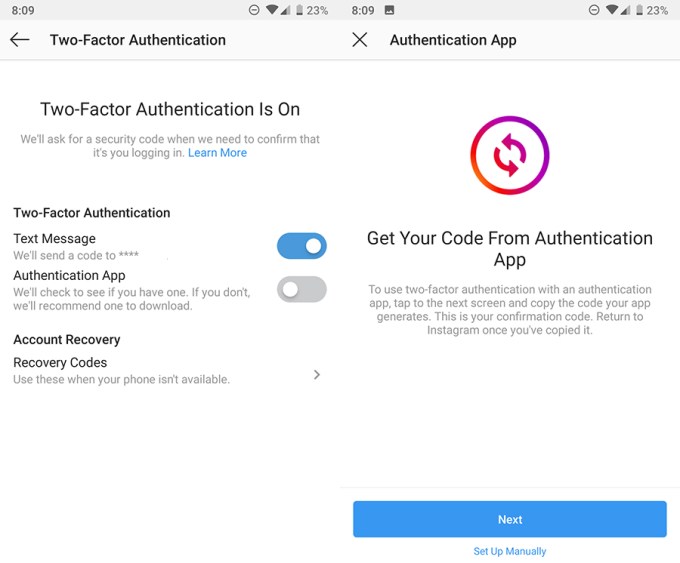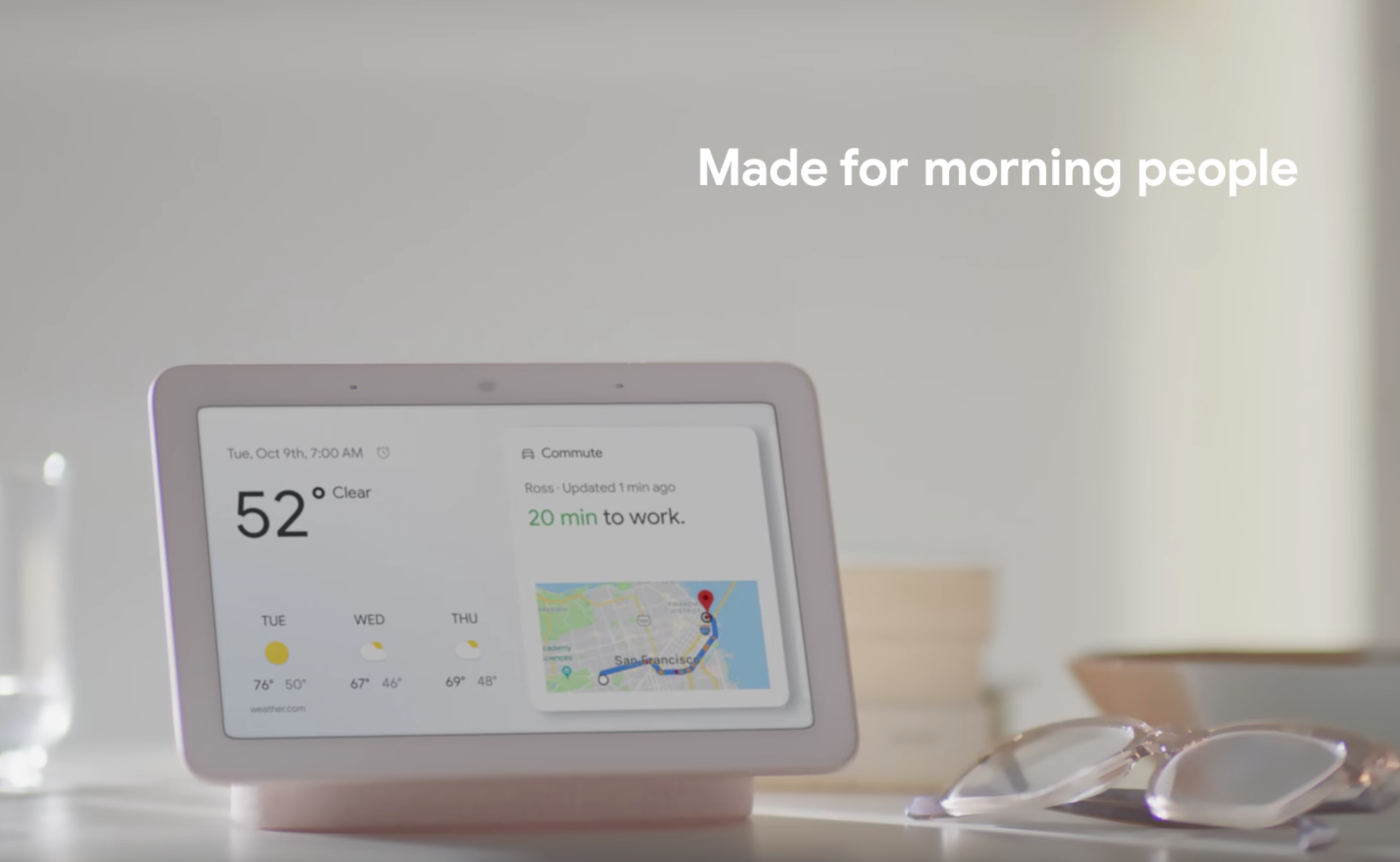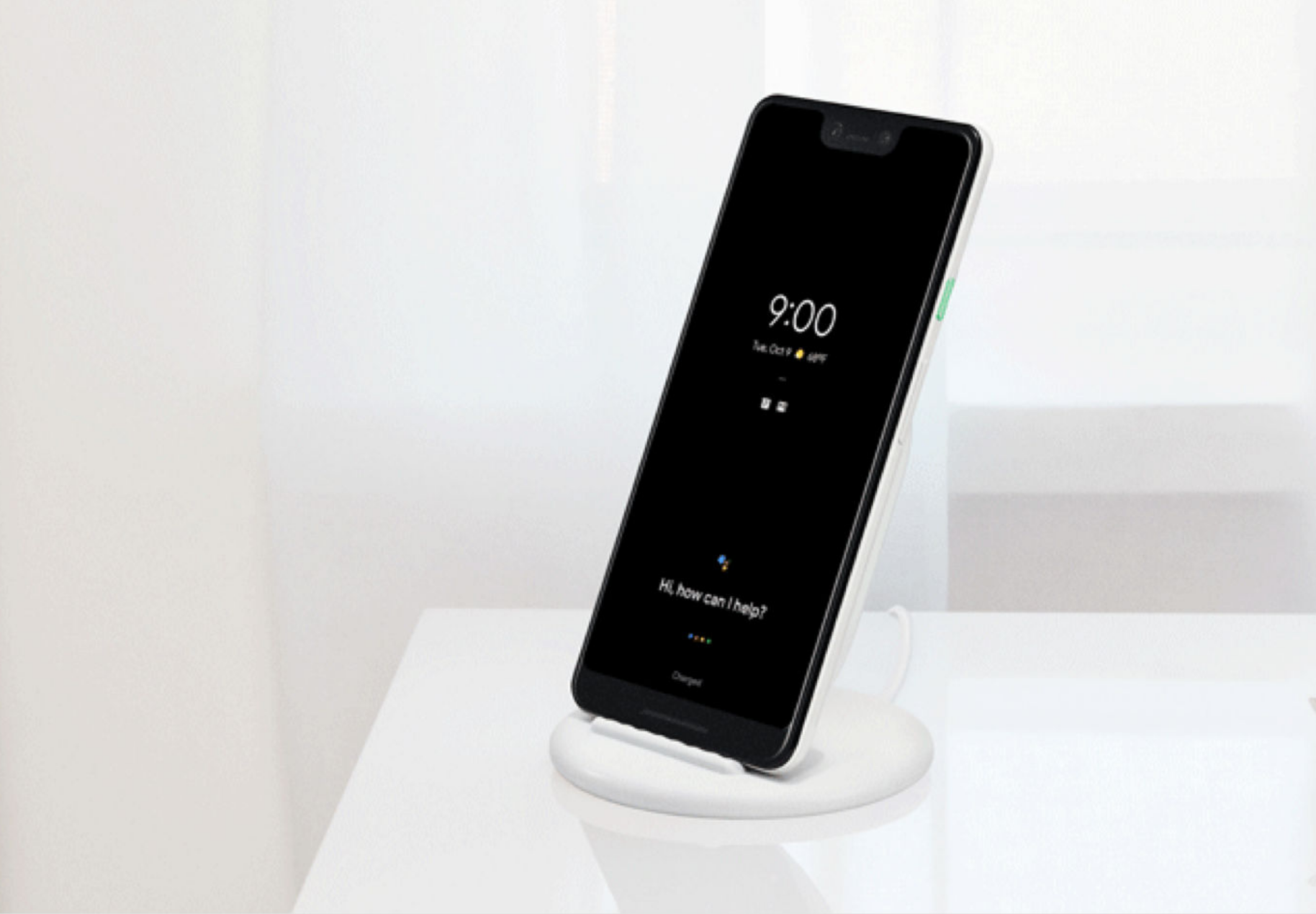It’s been about 10 months since the last big batch of Pokémon (Gen III, as it’s known) started rolling out in Pokémon GO. At this point, if you’re still playing GO, you’ve probably caught just about everything there is to catch.
Missing that feeling of adding something new to your Pokédex? Good news: Gen IV is “arriving soon”.
Confirmation of the looming launch comes by way of a teaser trailer just dropped by Niantic and The Pokemon Company:
Sadly, “soon” is about as specific as they’re getting right now.
While Gen 4 (otherwise known as the “Sinnoh” generation) is made up of about 107 new Pokémon, I wouldn’t expect all of those to land at once. If Niantic’s past rollouts are any indication, it’s going to be staged in gradual chunks. Hell, even some Gen II Pokémon still haven’t shown up in the game (lookin’ at you, Smeargle!)
Though the teaser trailer doesn’t promise any specific Pokémon, the starters are all there: you see Turtwig’s twig, Chimchar’s silhouette, and a pack of Piplup swimming beneath the ice. (Oh, and that looks like Giratina’s glowing red eyes at the end there)
Meanwhile, in a separate blog post, Niantic touched on potentially controversial changes on the way:
- The recently debuted weather system will soon have less of an effect on what Pokémon appear.
- A “greater variety” of Pokémon will appear in a given area, and “at different rates”, suggesting changes to spawn patterns and perhaps the nest system.
- They’re adjusting stats across the board (CP/HP/Defense/Stamina) to “narrow the gap” between most Pokémon and the strongest few.
While Niantic is presumably making these changes to make more Pokémon worthwhile beyond the same 10-15 maxed out ‘mon generally found sitting in gyms (with many hoping this means a new PVP battle system is on the way), it’s… a tough one to pull off. With the game having been out for over 2 years now, many players have spent hundreds of hours beefing up certain Pokémon to work within the game’s current mechanics. Shift up the stats, and everything changes.





